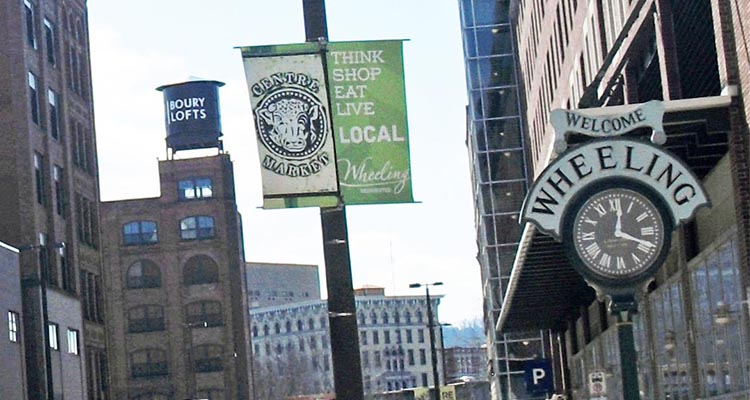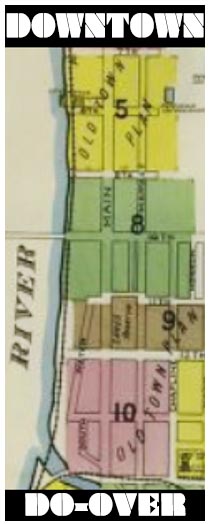 Editor’s note: A national redevelopment award here, a new building there, millions of dollars of renovations still somewhere else. What’s happening in downtown Wheeling can be hard to track, whether your city connection is generational or limited to short-term employment. To help readers understand the scope of the changes, this is the first in a series of Downtown Do-Over stories taking a close look at the ongoing revival of Wheeling’s city center. In today’s story, Weelunk looks at key parts of what has already happened.
Editor’s note: A national redevelopment award here, a new building there, millions of dollars of renovations still somewhere else. What’s happening in downtown Wheeling can be hard to track, whether your city connection is generational or limited to short-term employment. To help readers understand the scope of the changes, this is the first in a series of Downtown Do-Over stories taking a close look at the ongoing revival of Wheeling’s city center. In today’s story, Weelunk looks at key parts of what has already happened.
There’s new construction. There’s a multitude of redevelopment projects hidden behind deliciously historic facades. Public money is flowing. Private money is flowing. Non-profits are weighing in here, there and everywhere.
And, if you happen to be downtown at the end of the business day, don’t expect to get anywhere quickly. The traffic is that, well, good.
“A lot of people around the state are noticing what’s happening in Wheeling and that Wheeling is seen as a city on the rise,” Mayor Glenn Elliott said in a recent interview with Weelunk.
Elliott was specifically referring to a handful of developments that are serving as catalysts for economic growth. Orrick, Williams Lea Tag, West Virginia Northern Community College, The Health Plan, Boury Lofts, The Capitol Theatre, WesBanco Arena: They seem to be working together as even more than the sum of their parts.
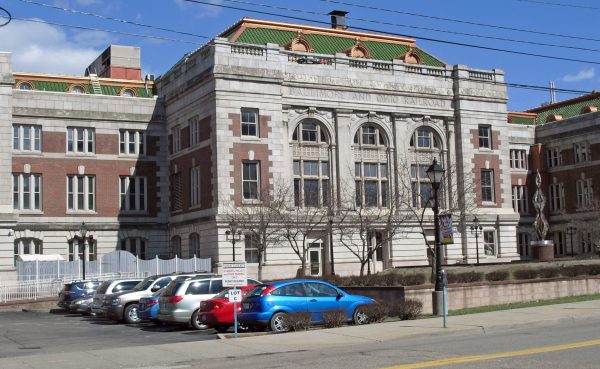
A CLOSER LOOK
While most of these key players are housed in redeveloped historic buildings, Elliott said the addition of a new headquarters for The Health Plan provided something special to the mix.
“[The] Health Plan is an absolutely wonderful addition to downtown,” Elliott said, noting its 2018 opening marked the first new private-sector construction in the downtown area since 1982. “Seeing a shiny new corporate headquarters in downtown is definitely a shot in the arm. It’s changing the conversation. It’s got people excited.”
Also on the new end, he said the $5.5 million of renovations that have gone into WesBanco Arena in the last couple of years have been inspiring. “They’re trying to be part of the solution,” Elliott said. “It’s hard to put it into words what it means.”
Redevelopment has played its part, as well. Sometimes as extreme redevelopment.
“I think there were trees growing inside it,” Elliott said of the former Wheeling Stamping Co. building that now houses Orrick. He noted that this architectural resurrection involved a public, private and non-profit partnership to make it happen.
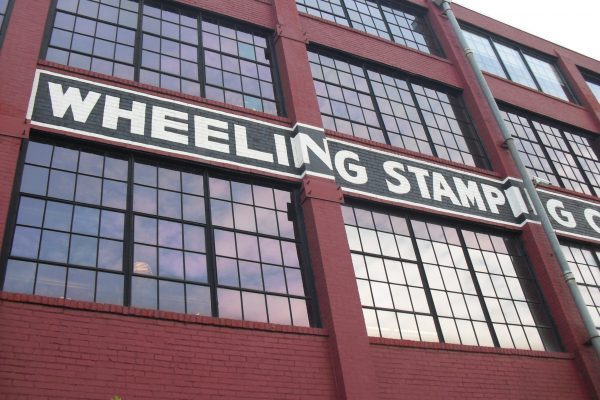
Indeed, while all of the catalysts have involved significant private investment, each has also had a helping hand from city government specifically. This has ranged from direct investment of public funds or properties for specific phases of development to tax credits/incentives for the redevelopment of historic properties to courting such development in the first place.
Elliott believes this kind of involvement, while never without controversy, is critical as the Downtown Do-Over moves forward. “Like so many Rust Belt cities, the city of Wheeling has had to respond to decades of disinvestment and economic contraction by stimulating investment.”
“The goal, of course, is to create an economic climate where the private sector is actively investing in opportunities without public-sector assistance,” Elliott said. “For some of the larger projects being discussed, we’re not there yet.”
Acknowledging the limits of public development funds, he added that moving forward will require the City Council, “to weigh the pros and cons of investing in each project carefully and put public funds to their most optimal use.”
Nodding back to the catalysts, Elliott believes such strategies can already be seen to be working.
“(Some were seeing) Wheeling in the past tense. Every restaurant in the downtown has pictures of old Wheeling. ‘Look at the crowds. Look at the parades,’” Elliott said, crediting the catalysts with driving a different view. “(They) help us change that conversation from a city that used to be something to a city that is something.”
AND STILL CLOSER
What is happening among the catalysts? Here’s a look at these power-houses of the Downtown Do-Over by the numbers:
BOURY LOFTS
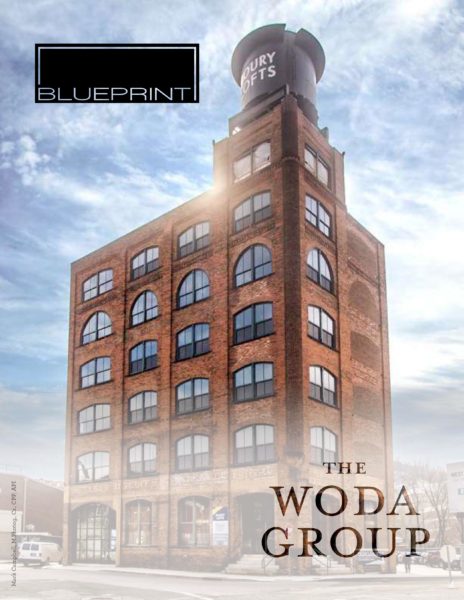 What is it? Rental, loft-style housing; the largest such residential project in the city to date, although more housing is either in place or in the works around the downtown
What is it? Rental, loft-style housing; the largest such residential project in the city to date, although more housing is either in place or in the works around the downtown
Where is it? Downtown, corner of Main and 16th streets; in a redeveloped 1892 building that was previously home to businesses including a cabinet shop, a ginseng exporter, a trucking company, a wholesale grocer, a coffee roaster/spice mill and a warehouse
The numbers:
- 6 floors; 86,000 square feet of living and fitness space
- 73 apartments; 21 floor plans ranging from 610 to 1,380 square feet each and rented at $749 to $1,204 per month (excluding electricity and communication systems)
- 100 percent occupancy, with another 50 or so would-be renters on a waiting list
- 1 roof-top water tower, now decorative, serving as signature building signage
- 1 set of old B&O railroad tracks exposed through the floor of the fitness room
- 187 new, custom-made windows; 333 original wooden beams
- 23 flavors of coffee in the communal coffee lounge
Source: Daniel Archer, property manager, Woda Cooper Companies Inc.
THE CAPITOL THEATRE & WESBANCO ARENA
What are they? Jointly managed, these two wildly different venues anchor the north and south ends of Heritage Port. The 1928 theater is home to the Wheeling Symphony Orchestra and host site to performances ranging from contemporary Christian concerts to comedy to way-off Broadway. Closed for a time, the theater re-opened in 2010 after extensive restoration. The arena, home to the Wheeling Nailers semi-pro hockey team, the West Virginia Roughriders indoor football team and a variety of large-scale events including bull riding, is a 1976 facility that completed a multi-million-dollar upgrade in 2017.
Where are they? The theater is next to the iconic Wheeling Suspension Bridge near the corner of Main and 10th streets. The arena and an adjacent parking garage are at 14th and Main streets.
The numbers:
- 110 ticketed events and another 206 luncheons/dinners/fundraisers were hosted between the two venues in 2018
- 5,049 permanent seats and an additional 1,000 floor seats — the arena’s capacity
- 2,317 seats at the theater; an on-site ballroom can host 200
- 150,000 plus — the number of people the venues brought to the downtown last year
- 50-80 people work many events
- 15 — the number of weekends per year that require arena workers to go from ice rink to gym flooring and back again
- At the arena, 20 workers can make the ice-to-gym-floor change in a bit more than 3 hours; moving the other direction takes more like 3 days. (The ice rink requires 10,000-15,000 gallons of water and a floor cooled to 24 degrees. During hockey season, the average monthly utility cost is $2,500 for water and $20,000 for electricity.)
- 16,000 tubs of popcorn are served up by the two sites each year.
Source: Sonya Fedorko, advertising/marketing director
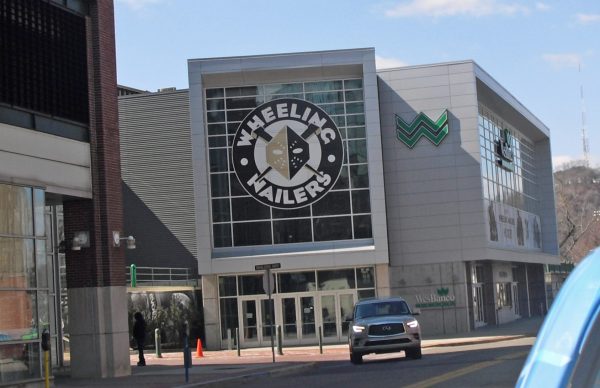
THE HEALTH PLAN
What is it? A health maintenance organization/insurance company
Where is it? In shiny new construction in the heart of downtown (between Main and Market streets near the intersection with 11th Street); the building replaced a handful of older structures that formerly housed such entities as a Chinese restaurant (displaced businesses were relocated at the city’s expense as part of the development package)
The numbers:
- 529 employees (58 new positions added in 2018)
- 53,000 square feet of work space
- $2 million, the to-date amount of scholarships awarded to doctors and nurses as part of a program to keep “West Virginia’s best and brightest working in the state”
- 6 bikes are available for employees to sign out for around-town use. The success of this plan led the company to sponsor a community-wide bike share (the first in West Virginia) in downtown. It launches later this spring.
- 160 employees and family members participated in the 2018 Ogden Classic 5K or half-marathon. The Health Plan won the inaugural corporate challenge that year.
Source: Alex Panas, marketing promotion coordinator
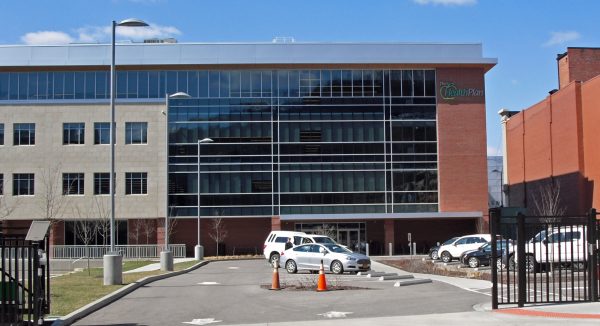
ORRICK
What is it?
The global operations center for an international law firm formally known as Orrick, Herrington & Sutcliffe LLP; opened locally in 2002
Where is it?
On the riverfront near Centre Market, in a re-adapted Wheeling Stamping Co.; the early 1900s factory was clearly built to last, but had fallen into near ruin before Orrick and a public, private, non-profit effort saved the day
The numbers:
- 300 local employees e-linked with another 2,100 or so worldwide
- 100 percent recycled (the only kind of paper the green-leaning company uses, when it uses any); 28,000 pounds of materials kept out of landfills in 2017
- Top 100 Places to Work (where Fortune magazine has ranked Orrick for the last three years)
- 88,000 square feet of office space; re-adaptation pairs thigh-thick bundles of cables running overhead with original, factory-strong ceilings
Source: Will Turani, Orrick director of administration and a former Wheeling city manager
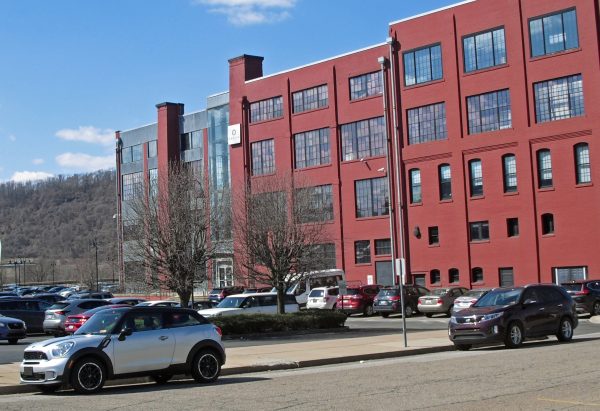
WEST VIRGINIA NORTHERN COMMUNITY COLLEGE
What is it? Known locally as Northern; an accredited two-year community college for recent high school graduates and adult students; launched in 1972
Where is it? Spilling over more than a city block toward the southern part of downtown. Its growing footprint includes new construction (a student union atop a Barnes & Noble bookstore) and four redeveloped buildings (including the former B&O Railroad building and the former Straub car dealership.)
The numbers:
- 2,612 credit-earning and 858 non-credit earning students enrolled in 70 programs of vocational and professional study; about 20 study programs involve credits that can be transferred to four-year institutions
- 2nd most affordable community college in the state — where the U.S. Department of Education ranks Northern. The same study ranks Northern 74th lowest net price in the U.S., with “net price” being the price of attendance minus grant and scholarship aid. Northern’s net price is $3,982. The national average is $7,351.
- 204 full- and part-time faculty and staff are paid $8.4 million per year; another $5.1 million flows into the community in operational costs.
- 2 branch campuses (New Martinsville and Weirton)
- 2X — the amount of space (a doubling) now available for welding and petroleum technology programs with the redevelopment of the Wesco building in fall 2018. The programs connect students to jobs in the oil and gas industry.
Sources: David Barnhardt, director of media and public relations; and an economic-impact statement for the 2016-17 school year released by the college early in 2019
WILLIAMS LEA TAG
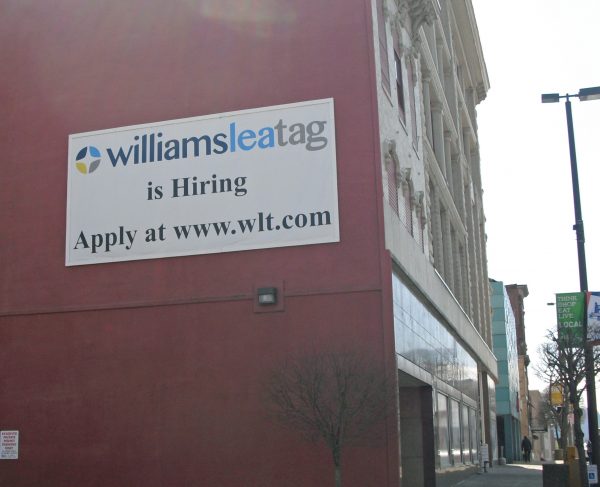 What is it? One of several American branches of an international communications and marketing firm; opened in 2006 with rapid employment expansion ongoing
What is it? One of several American branches of an international communications and marketing firm; opened in 2006 with rapid employment expansion ongoing
Where is it? Located in the Stone Center, a re-adapted space in the heart of downtown; building formerly housed Stone & Thomas department store; between Main and Market streets at 10th Street
The numbers:
- About 560 employees on site e-linked to 10,000 worldwide; plans are in place to hire another 100 local workers by year’s end
- Uses three floors of the Stone Center, formerly the Stone & Thomas department store
- 24/7 – hours of operation, driven by the fact clients are in multiple time zones all over the world
Source: Jennifer Materkoski, senior manager of communications
• A long-time journalist, Nora Edinger also blogs at noraedinger.com and Facebook and writes books. Her Christian chick lit and faith-related non-fiction are available on Amazon. She lives in Wheeling, where she is part of a three-generation, two-species household.


